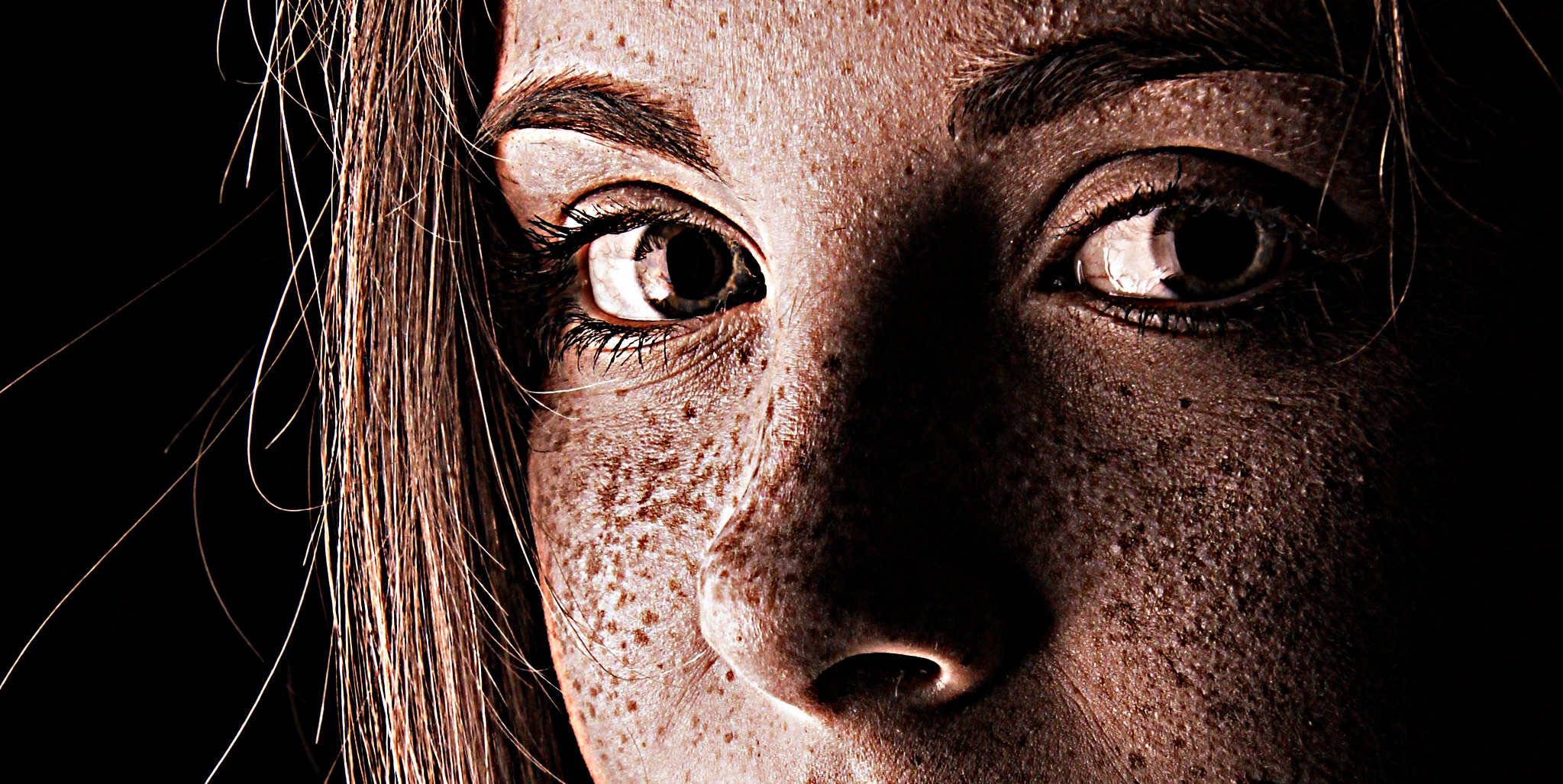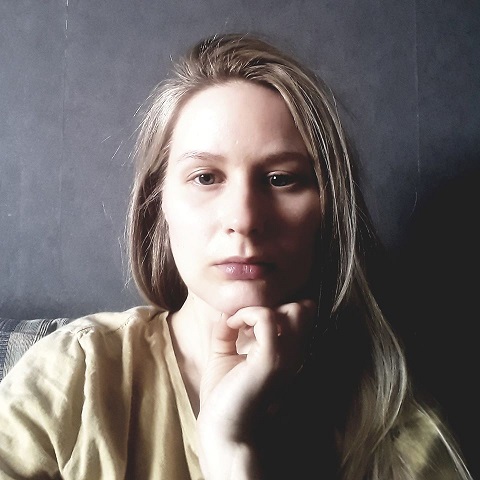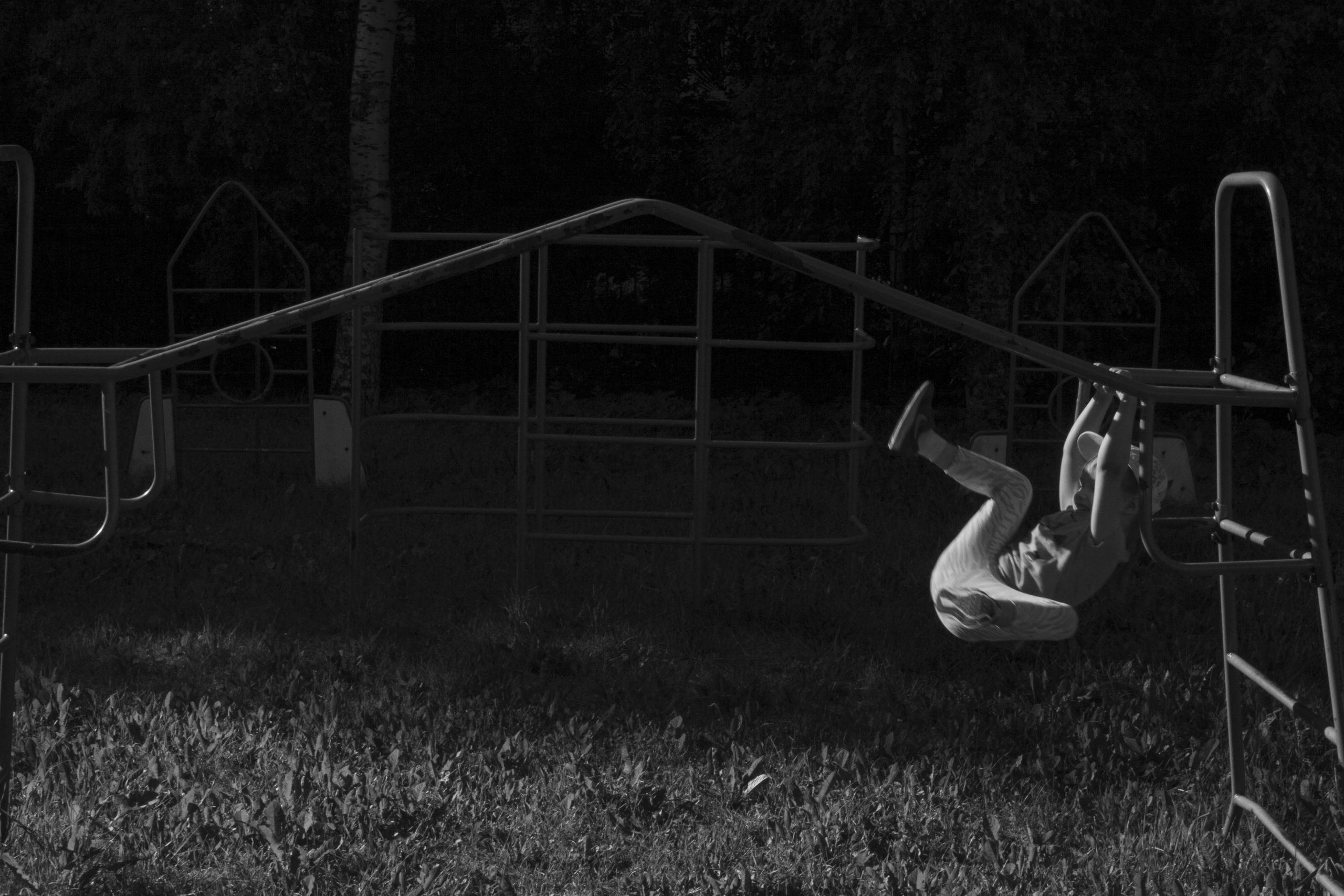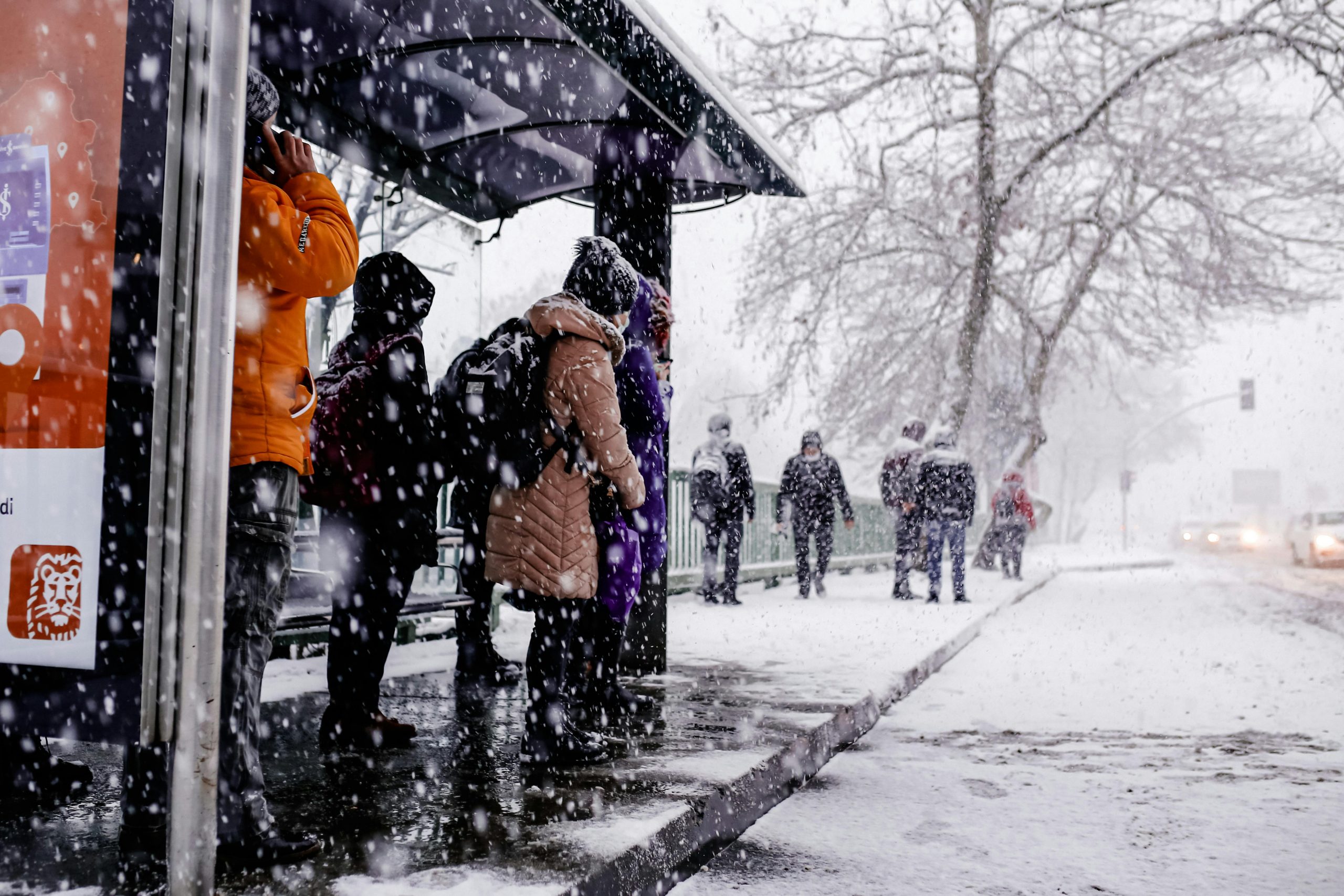Critiquing beauty standards and representations and condemning appearances-related online hate speech have become established forms of everyday political agency for many. Still, the questions concerning how appearances become part of our everyday social encounters, embodied experiences, or the sense of self are still seldom raised. Appearance issues in this sense might come across as petty or as matters of personal preferences.
Appearances and beauty are thoroughly gendered, classed, and racialized issues with which feminist theory has a long and rich history. Yet appearances have been rather a difficult topic to analyse and discuss in social scientific contexts. The subject is loaded with ambiguity which likely has impeded the subject from forming into questions of social justice and equality.
Recent academic and public discussion about appearances encourages to see the issue as one with significant societal importance. Kukkonen, Pajunen, Sarpila & Åberg (2019) have recently conducted a survey-based study on Finnish people’s views about appearances. They state that the social stratification of appearances has been left unresearched in Finland, firstly, because pointing out the inequalities concerning appearances is contradictory to the common understanding of Finland as an equal society. And secondly, they suggest that the idea of appearances having societal importance contradicts the understanding of Finns as modest people who do not focus on looks.
However, Finland is no exception in the social stratification of appearances and the related intersecting inequalities, and appearances do matter to Finnish people in various ways. For example, the Finnish Public Service Media Company Yle reported last autumn that according to their study, facial features in a profile picture connected to a job application have a strong influence on who gets invited to a job interview. The study by Kukkonen et al. (2019) shows, for example, that approximately half of Finnish women and men think their appearances have an important role in getting friends and partners. Whereas Kukkonen et al. approach appearances as a form of capital, I analyse the bodily experiences of appearances in my master’s thesis in Gender Studies, as well as in an article based on the thesis (Innola 2019; 2020). I used written appearance-life-stories collected within the research project by Kukkonen et al. as my data. Many of the stories I analyse in my thesis illuminate the multidimensionality and importance of appearances to individuals of different ages and genders.
Appearances and feminist theory
Many of the most significant contributions to the studies on appearances (or beauty) have been conducted within feminist studies – a field with a tradition of dealing with tricky personal issues and revealing their political implications. Beauty is in fact one of the classic topics of feminist debate inside and outside academia. Simone de Beauvoir, Betty Friedan, bell hooks, Susan Bordo, Naomi Wolf, just to name a few, have been influential in feminist critique on beauty and aesthetics. Beauty has been mainly discussed through notions of power, aesthetic objectification, and narrow beauty standards. Beauty has been seen as a “double-edged sword“, which means that pursuing beauty might provide direct benefits for an individual, but simultaneously these pursuits strengthen the ideologies that harm and restrain women and racialized groups in particular.
In recent years, feminist discussions about appearances and beauty have diversified and developed further. It is suggested that beauty can no longer be analysed merely as a power structure with negative (or positive) effects in women’s lives. Calls for fruitful feminist studies on appearances today include the need to examine appearances as complex and dynamic entanglements and processes. The debates about beauty being essentially “good” or “bad” for individuals will also have to take a back seat, while the need for a more pragmatic approach strengthens. (Felski 2006, Colebrook 2006.) What do beauty and appearances do and how do they become experienced? Or, as Mónica Figueroa and Megan Rivers-Moore (2013, 131) state in the introduction of a Feminist Theory Special Issue on Beauty, race and feminist theory in Latin America and the Caribbean, “beauty is also theorised as an experience that ‘does’ something and in that doing entangles everyday life in unexpected ways”.
Beauty lays more stress on certain values, norms, and histories of aesthetics, which certainly are connected to appearances, but still do not cover the issues I want to consider comprehensively. Also, beauty might not function adequately in analysing the experiences of individuals of other genders than women.
Issues concerning appearances in today’s societies consist perhaps of more elements than ever before, including possibilities of varied kinds of empowering agency and identity construction (e.g. social movements like fat activism and Black is Beautiful, or queer make-up vlogging). Simultaneously, the harmful aspects of the beauty industry and the appearance pressures connected to social media are as relevant concerns as ever. Because of the multidimensionality of the issue at hand, I prefer the term appearances to beauty. Beauty lays more stress on certain values, norms, and histories of aesthetics, which certainly are connected to appearances, but still do not cover the issues I want to consider comprehensively. Also, beauty might not function adequately in analysing the experiences of individuals of other genders than women.
The concept of negotiation has been suggested as particularly functional in bridging the gap of structure and agency concerning aesthetics and doing beauty in individuals’ lives (Craig 2006). I do agree on this: understanding beauty as a process of negotiation enables us to consider individuals’ situated agencies and active roles in producing beauty, whilst acknowledging the everyday dealings with structures of power. However, I also think that many aspects of appearances remain incompatible with the concept of negotiation. How about the unconscious, ambivalent, bodily, and material things and energies that co-produce the process of experiencing appearances? I aim to find tools for analysing the materiality of appearances as active agents – not only as passive matter, on the surface of which cultural meanings get inscribed.
Affective assemblage of appearances
Affect theories and feminist new materialist methodologies offer interesting tools for building an approach to study appearances. Rebecca Coleman and Mónica Figueroa (2010, 361) understand beauty as a bodily orientation “not located in anything (as content) but a process which exists as and is produced through the relations between bodies, things, memories, dreams and hopes”. This means beauty can only be understood through examining the situated but dynamic relations in which the bodily orientations come to be. In her study with teenage girls, Coleman (2012) analyses bodies as processes of affective becomings. She argues that images do not merely influence the self-esteem of the girls she studied, but the bodies and images constitute each other. Katariina Kyrölä (2014) also studies the relations of bodies and media images, as she analyses how the images call bodies to become affectively oriented in certain ways. These studies also analyse how gender becomes intensively a part of the bodily orientations towards (desired) appearances.
In my master’s thesis (2019), I analysed the processes of experiencing appearances in the 38 appearance-life-stories collected in 2016 by Kukkonen et al. in their research project “Finland as an appearance society” (Suomi ulkonäköyhteiskuntana) 2016–2018. I aimed to draw together personal, material, and social aspects of appearances and contribute to feminist post-humanist and new materialist theories. I examined how gender and selfhood become intensive in experiencing appearances and considered the human and non-human agencies involved in these processes. I also asked how appearances enable or limit the body’s possibilities to become felt and understood. As there were no ready-made methodological models on how to study appearances as an affective process, I was inspired to experiment and to bring together methodological tools from new materialist methodological discussions and posthuman and affect theories. (see Ahmed 2004; Barad 2008; Coleman 2012; Coleman & Ringrose 2013; Fox & Alldred 2017.)
The concept of affective assemblage has become an established conceptual tool for avoiding dualist thinking and grasping the multidimensionality of things and phenomena in feminist new materialist research. According to the Deleuzean-inspired new materialist understanding of assemblage, things do not consist of separate elements coming together, but things and bodies become and take shape in those entanglements. (Fox & Alldred 2017; De Landa 2006; Hickey-Moody 2019; Kolehmainen 2020.) I found this ontological premise useful in my aims to recognise multiple human and non-human agents connected to appearances, whether they be cultural, social, material, sensory, and psychological processes.
Using such a theory-driven method comes together with an awareness of the multiple possibilities in conceptualizing the data; the acknowledgement of the role of the researcher in making agential cuts within the various potentialities of the research subject and the consequences of this to the knowledge production. However, as often in new materialist feminist research, the value lies not so much in the generalizability of the research outputs, but in the opening of new ways to understand phenomena.
I developed a concept ulkonäkökokemuksen affektikokouma, which imperfectly translates to appearances-assemblage. The concept became essential in how I approached the data and formed my analysis of it. Analysing the appearance-life-stories with the concept of appearances assemblage, I became open to noticing things that might have otherwise been left out from a study on appearances. The method allowed me to be sensitive to multidimensionality, discrepancies, complex emotions, and things that do not necessarily ”make sense” in the data. For example, several of the stories included statements about the irrelevance of appearances yet combined with a reflection of the effects of appearances on the writers’ lives. Also, it is possible to experience looks simultaneously as “good” and “bad”, as in the next citation:
Sometimes I was in the depths of despair because I felt I was not taken seriously because of my high-pitched voice and length. – – I looked at myself in the mirror with mixed feelings. I felt myself quite good looking but at the same time ridiculous. I had almost no-one to talk to because my old friends had stepped into a more ”adult” kind of life already in junior high school, or, loafing around in the city and partying. In the end, I could not get rid of the pressures about my appearance until I drank kilju (a strong home-made alcoholic beverage) at the end of the school year with a few friends. (Man, 26 years old)
Here alcohol becomes a particularly critical part of the appearances-assemblage, as it helps a young man to let loose of the pressures he feels about his appearances. Alcohol becomes simultaneously entangled with heteronormative ideals of masculinity, the need for social belonging, the bodily features as voice and length, and the central nervous system, as it produces a transformation in their relations and the restrictiveness of the appearance-assemblage.
In the following quote, the experience of having succeeded forms through the affective relations of clothes, accessories, the weather, gender, and the body’s orientation towards attractiveness:
My style is feminine and classic. Nothing remarkable, bold or exaggerated, but beautiful, classic, attentive with colours, and in balance with my thoughts and of course with the weather. The colours are important, they must fit. Cozyness is also important, but the looks, too. The boots have to fit every outfit and accessories also. I keep on trying and trying until I find a suitable match. – – If you can make yourself attractive, you feel like it the whole day. Nothing has to be on display, but for example the length of the skirt is important, girlish and sexy feeling is yes, then you have succeeded. (Woman, 62 years)
The affectivity of the appearances-assemblage is interestingly captured in the explanation about keeping on trying until finding a suitable match. A suitable appearance is something that cannot be wholly explained – it must be felt. The importance of the length of the skirt tells about the conflicting cultural demands for women to be simultaneously sexy and respectable. Clothes and boots can satisfy the desires of feeling girly and sexy, but only when they relate to the body’s situatedness in a specific way, producing the feelings of propriety, coziness, and “matching”. Gender relates to the discursive, material, sensory and psychological dimensions of the appearance-assemblage that simultaneously enable and limit the body.
So, do gendered appearance-norms function like a “double-edged sword”, orienting individuals towards limited actualizations of aesthetic self-expression? Are bodies trapped in a violent and heteronormative system of social stratification, even if consciously doing otherwise, or even if possibly enjoying while doing beauty practices?
I have defined appearances assemblage as dynamic. Nevertheless, some affects stick to some bodies in particular ways. Intense affects that unfold in the entanglements of gender, heteronormativity, and bodily materiality build layers of sensory and memory traces in bodies. They can become very important and meaningful in an individual’s experience of appearances. Analysing gender, social categorizations, and intersecting inequalities is essential in understanding appearances, but their manifestations do not have to be perceived as one-directional effects on human bodies.
So, do gendered appearance-norms function like a “double-edged sword”, orienting individuals towards limited actualizations of aesthetic self-expression? Are bodies trapped in a violent and heteronormative system of social stratification, even if consciously doing otherwise, or even if possibly enjoying while doing beauty practices? My conclusion is: partly yes. It is also important to notice, that pressures concerning appearances cannot be eliminated by focusing on individual attitudes, as certain commercial versions of the “body positivity” movement suggest. Appearance-norms do have material effects on individuals’ bodies. But the complexity of the process of experiencing appearances and the multiple agencies involved should also be considered. Affect theories provide fruitful ways to analyse those ambivalences and refusals which may widen the understanding of what appearances can do and what they can become.
References
Ahmed, Sara (2004) Affective Economies. Social Text 22(2), 117–139.
Barad, Karen (2008) Posthumanist performativity: Toward an understanding of how matter comes to matter. Teoksessa: Alaimo, Stacy & Hekman, Susan J. (eds.) Material Feminisms. Bloomington, IN: Indiana University Press, 120–14.
Colebrook, Claire (2006) Introduction. Feminist Theory 7(2), 131–142.
Coleman, Rebecca & Figueroa, Mónica Moreno (2010) Past and future perfect? Beauty, affect and hope. Journal for Cultural Research 14(4), 357–373.
Coleman, Rebecca (2012) The becoming of bodies: girls, images, experience. Manchester; New York: Manchester University Press.
Coleman, Rebecca & Ringrose, Jessica (eds.) (2013) Deleuze and research methodologies. Edinburgh: Edinburgh University Press.
Craig, Maxine Leeds (2006) Race, beauty, and the tangled knot of a guilty pleasure. Feminist Theory 7(2), 159–177.
De Landa, Manuel (2006) A New Philosophy of Society: Assemblage Theory and Social Complexity. London: Continuum.
Felski, Rita (2006) ‘Because it is beautiful’ New feminist perspectives on beauty. Feminist Theory 7(2), 273–282.
Figueroa, Mónica G. Moreno & Rivers-Moore, Megan (2013) Beauty, race and feminist theory in Latin America and the Caribbean. Feminist Theory 14(2), 131–136.
Fox, Nick J. & Alldred, Pam (2017) Sociology and the new materialism: theory, research, action. Thousand Oaks: Sage Ltd.
Hickey-Moody, Anna (2019) Deleuze and masculinity. Cham, Switzerland: Palgrave Macmillan.
Innola, Tuuli (2020) Sukupuolen intensiteetit ja materiaalisuuden toiminta ulkonäkökokemuksen affektikokoumassa. Sukupuolentutkimus–Genusforskning, 33(3) 35–49.
Innola, Tuuli (2019) Ulkonäkökokemuksen affektikokouma ruumiillisen subjektiviteetin, minuuden ja sukupuolen suhteissa (pro gradu -tutkielma, Tampereen yliopisto).
Kolehmainen, Marjo (2020) Affective Assemblages: Atmospheres and Therapeutic Knowledge Production in/through the Researcher-body. Teoksessa Salmenniemi, Suvi & Nurmi, Johanna & Perheentupa, Inna & Bergroth, Harley (toim.) Assembling Therapeutics: Cultures, Politics and Materiality. London: Routledge, 43–57.
Kukkonen, Iida, Pajunen, Tero, Sarpila, Outi & Åberg, Erica (2019) Ulkonäköyhteiskunta: ulkoinen olemus pääomana 2000-luvun Suomessa. Helsinki: Into.
Kyrölä, Katariina (2014) The Weight of Images: Affect, Body Image and Fat in the Media. Farnham: Ashgate.







